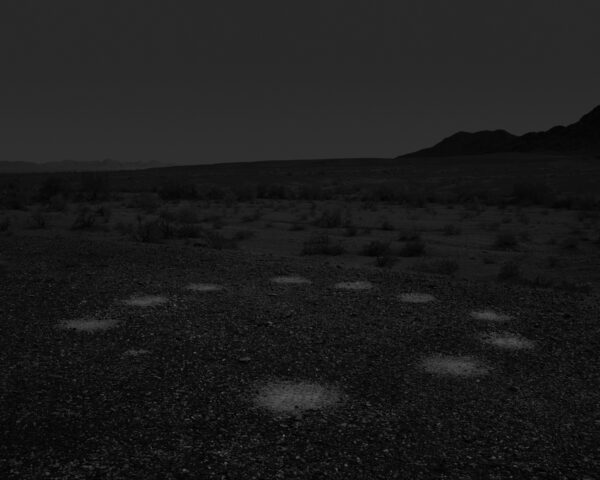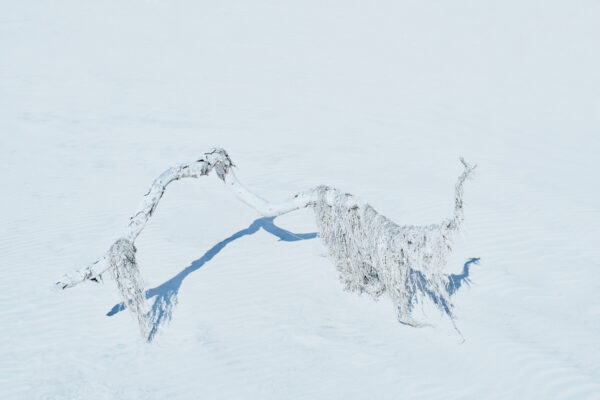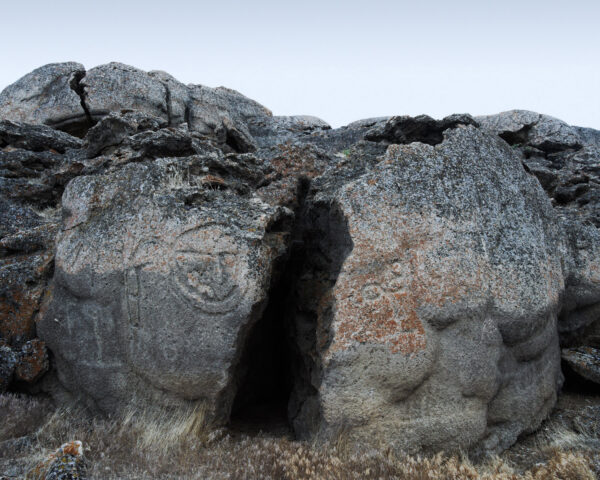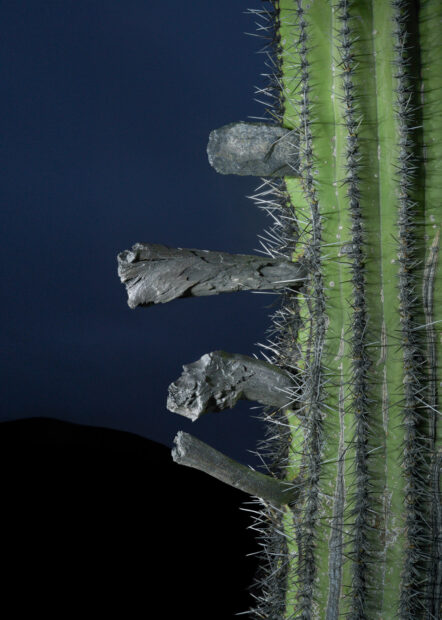I was illegally driving a cargo van full of pricey art up a New York State parkway when Glasstire called and asked me to start reviewing photobooks for them. This was a welcome proposition, yet complicated: I have never come to terms with the portmanteau “photobook.” It feels reductive. Cutesy. All my devices want to correct it to “phonebook.” Also, these books often feel like chairs at IKEA in that there are too many of them and they are basically furniture. Then there’s the opposite issue, that I am fully enamored with the format and would someday like a publisher to make volumes and volumes of my own pictures. As photographers, publishing sometimes feels like an obligation. It’s confounding.
So I’m deeply biased, with dreams of discovering myself remaindered at Half Price Books. But as long as I keep contradicting myself, maybe my write-ups will be okay. Plus, unlike the few semi-anonymous blogs for whom I’ve reviewed books in the past, Glasstire said they’d pay me for the work. Circumstances seemed right to muddy the waters as much as possible, so I decided to begin by providing overdue coverage to a book by a friend. More than that, by the person who pretty much taught me photography in the first place, when I took his class at Arizona State University some fifteen years ago.
Michael Lundgren’s Geomancy is a big, dark, flappy book with a perforated cover and some of the best offset printing I’ve seen. It depicts the landscapes of Earth so inexplicable, yet undeniable, that a reviewer may feel compelled to start rattling off strings of contradictory adjectives to describe it all: arid, underwater, sinister, godly, extraterrestrial, autochthonous. It is a real challenge to not over-mystify Lundgren’s work. So many of his pictures drift knowingly through a photographic land of spirits. The spaces are desolate and arcane, blasted at times by light from some alien god, but, still, this is us. We humans, our presence, is felt (and boy isn’t it always?) at arm’s length and through compressed centuries. It arrives in the crumbly anonymous terrain of the photographs via Mike’s handling of the camera (his lighting kit was a key collaborator on Geomancy) and through surprise depictions of some of our kinds’ most blindly urgent handiwork. Check those smudgy glyphs.
At the end of the book there is an escalating sequence of pictures that begins with cave painting and terminates with what I can only describe as the big exposed rock brain of Mermaid Hell. This group is important. It includes an uncharacteristically straightforward photograph of animal remains boxed by old dimensional lumber. Grass shoots poke through dry bones. Everything has been there for a while. There is no reason any of this should have happened. It is as if a little bit of extra death was airdropped into the desert, just in case. Mike, of course, found the cache. His decision to include the photograph is a welcome surprise.
The same can be said for two other pictures in this group, namely a gristly cow crime scene and one of a displaced engine watching a cylindrical rock work a diving board. Here, at the conclusion of his third major book, it becomes clear that Lundgren could have never been the earth magician, but their confidant and maybe eulogizer. He is here to share what he has learned but cannot say. For my money, dimensional lumber is one of the world’s least natural forms. The forces which compel us onward may soon encircle and destroy us.
Articles of furniture I can recall from Mike’s old house in Phoenix: Cabinet of Death; Table of Hope.
Geomancy is not a treatise. It is an invitation, a seduction, a threat. It would delight in cracking open your brain. Go ahead and let it. Lundgren’s photographs are so precise, both technically and in their decimation of rational space, that their weird beauty seems like a byproduct rather than an intended result.
There are two plates in the book which sit at opposing extremes of tonal perceptibility. The first shows a stick. It is white, in white sand, and appears to hover above the dunes with the help of some white weedy tendrils. Only the stick’s shadow, an oily blue squiggle, breaks the bleached palette. At the opposite end of the spectrum is a photograph of a simple rock formation that resembles a grotesque, mightily phallic centaur. The arrangement barely rises out of darkness. It is a surprise that anything is visible in this basically black page, let alone such a well-defined demon. These slow perceptual bends are standard business for Geomancy. Led on a pictorial voyage through this odd terrain, the strangest discovery is that it is all real.
There was one time years ago that I chicken sat for Mike. They didn’t need much, the birds. Before he left he told me what to do if one died. None died. I ate some eggs, watched HBO, and spent time with a large print of his photograph of flares sparking the sky over Robert Smithson’s Spiral Jetty. For my money it’s the number-one-with-a-bullet picture of the thing, and it’s on his website, so you should try to check it out. I’m not sure why those few slow days imprinted so vividly on my memory. Chickens.
Much more recently, I was sent a video on TikTok, an app which would rest about as far as possible from a Michael Lundgren photograph on any scale of contemporary imaging. The clip showed a person’s hands holding a wet chicken, the bird’s alert face seen in profile. The person moves the chicken’s body up and down, side to side. The neck extends and flexes, but the head remains completely fixed in place the whole time. Chicken eye a lodestar. They’re stupid birds, I guess, but like most nonhuman animals they seem to possess some penetrative knowledge of the actual world. When I talked to Mike about Geomancy the other day, he said it showed “a world alive, where we ascribe no consciousness.” I kind of regret inquiring with him before I wrote this, as it is hard to shake his voice, but I do think he’s right.
Michael Lundgren’s Geomancy was published by Stanley/Barker Books in 2019, but if the book has taught me anything it’s that time doesn’t exist.
Geomancy by Michael Lundgren was published by Stanley/Barker Books, 2019. You can learn more about the book and purchase it here.







